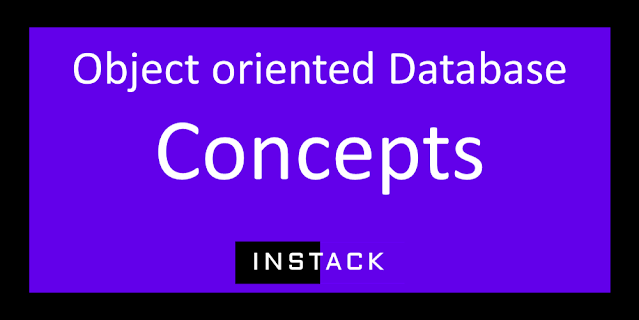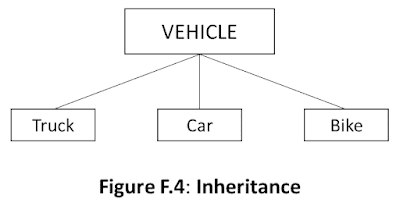Object-oriented database involve following concepts:
Objects :
Objects are the basic run-time entities in an object-oriented system. They can represent a person, an organization or a system.
Attribute :
Every object possess certain characteristics and perform certain functions. An attribute of an object that defines one of the object's characteristics; , such as size, color. or location. or an aspect of its behavior. such as it is enabled or visible.
Method :
A Method is an action that an object can perform.
Class :
An object class describes a. group of objects with similar properties (attributes), common behavior (operations, common relationships to other objects and common properties.
Abstraction refers to the act of representing essential features without including the background details or explanations.
An abstraction denotes the essential characteristics of an object that distinguish it from all other kinds of objects and thus provides crisply defined conceptual boundaries, relative to the perspective of the viewer.
The goal of abstraction is to isolate those aspects that are important for some purpose and suppress those aspect that are unimportant.
Data Encapsulation :
The wrapping up of data and functions into a single unit (called class) is known as encapsulation. The data is not accessible from the outside world and only those functions, which a wrapped in a class, can access it.
These function provide the interface between the object's data and the program. This encapsulation of the data protects from direct access by the program called is data hiding.
Inheritance :
Inheritance is the process by which objects of one class acquire the properties of objects of another class. In Object Oriented Database, inheritance provides the idea of reusability. For example, truck, bike and car access the properties of Vehicle.
Polymorphism :
'Poly' means many and Morph means images/shapes. It means the ability to take more than one form. i.e. an operation may exhibit different behaviour in different instances. For example, area( ) method as shown in figure below:
The concept of message passing makes it easier to talk about building systems that directly model or simulate their real- world counterparts. A message for an object is a request for execution of a procedure, and therefore will invoke a function (procedure) in the receiving object that generates the desired result.











